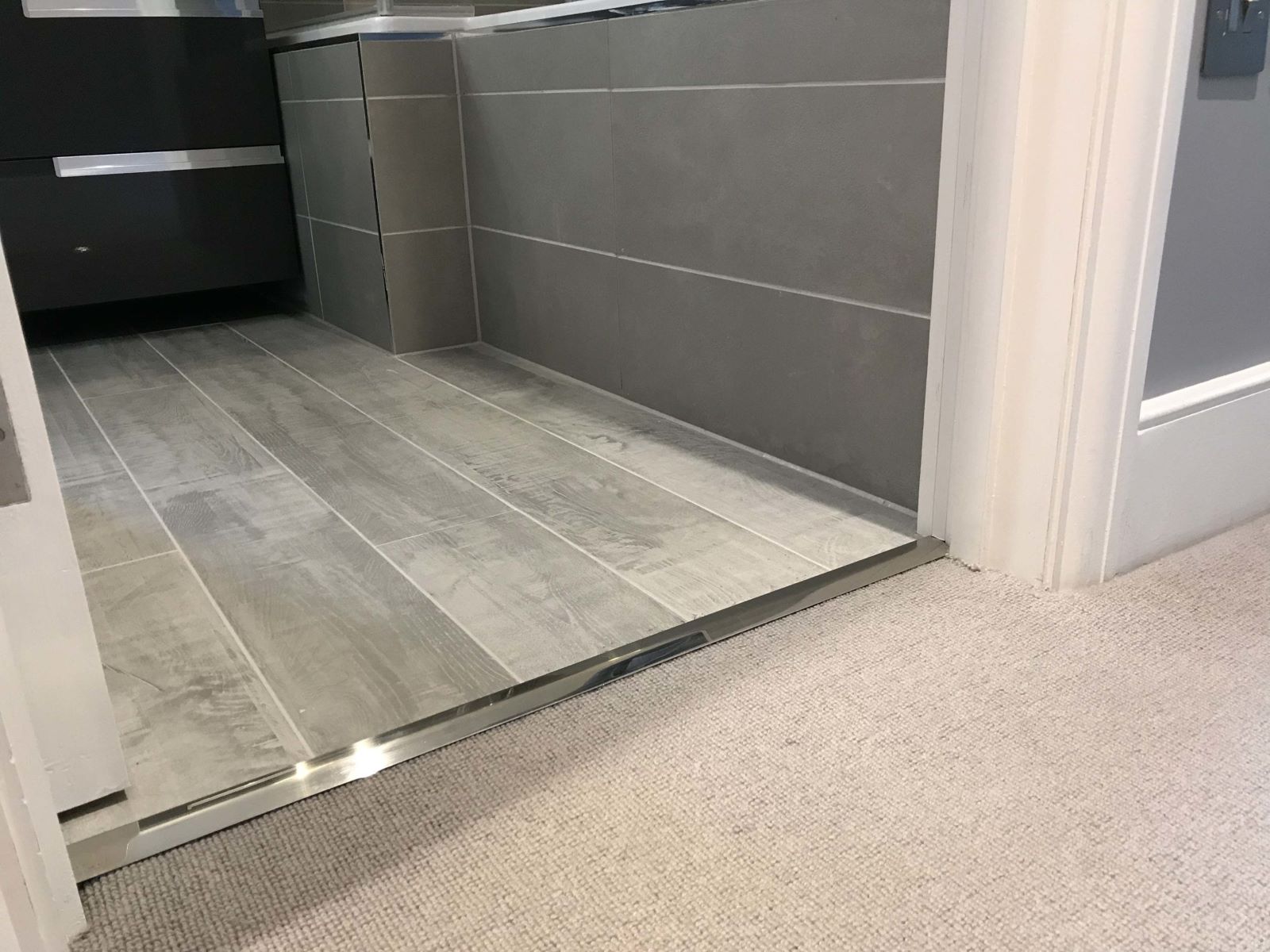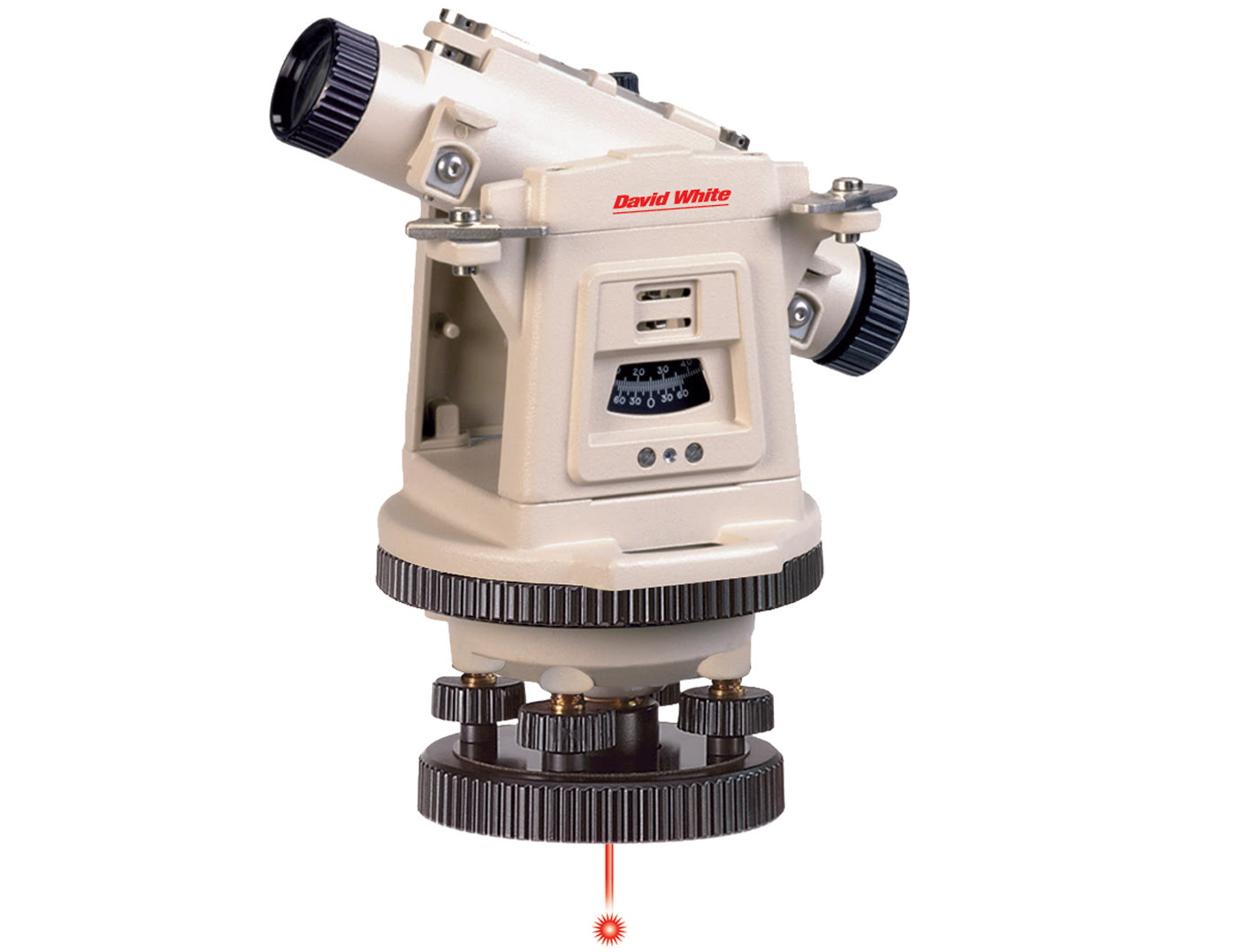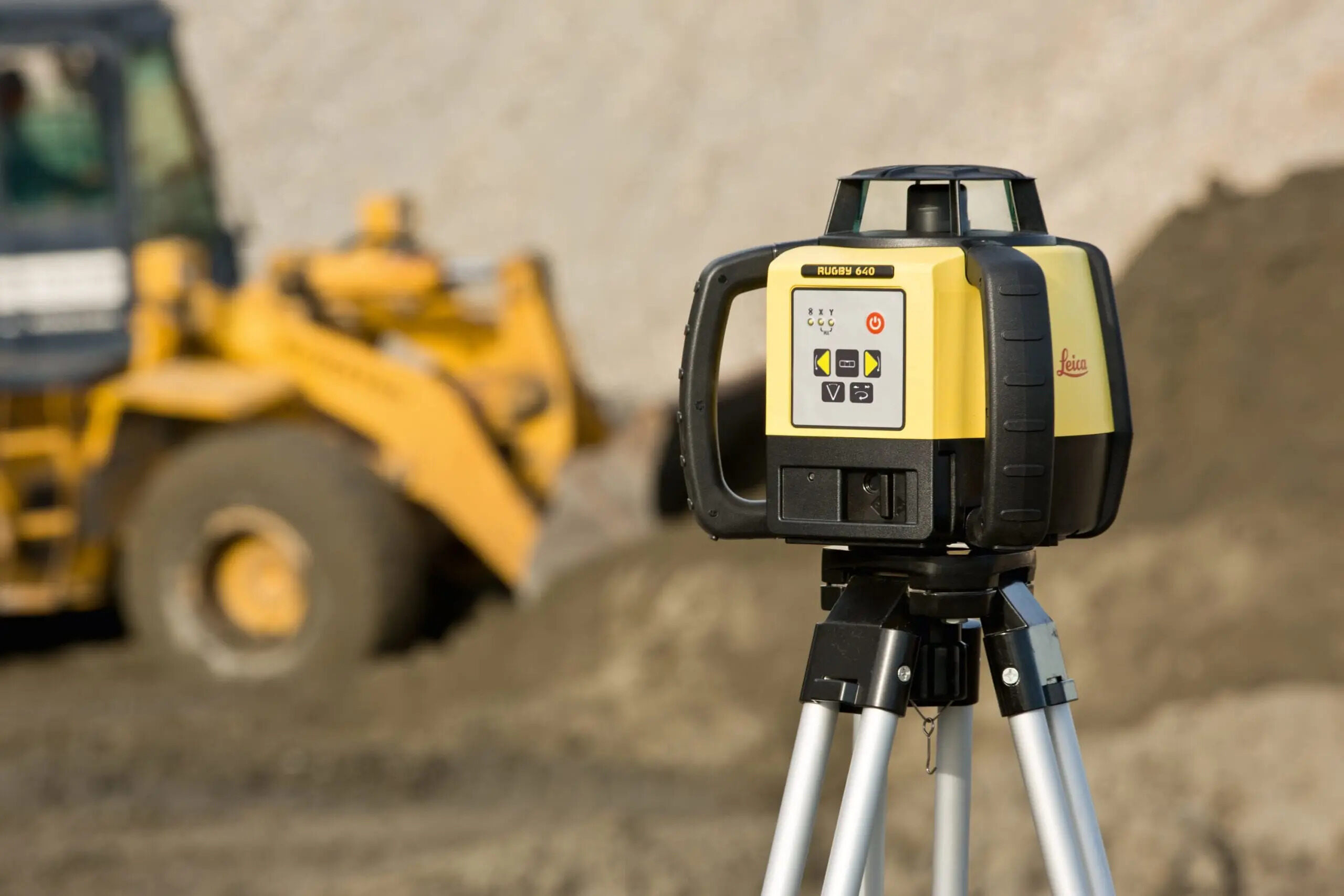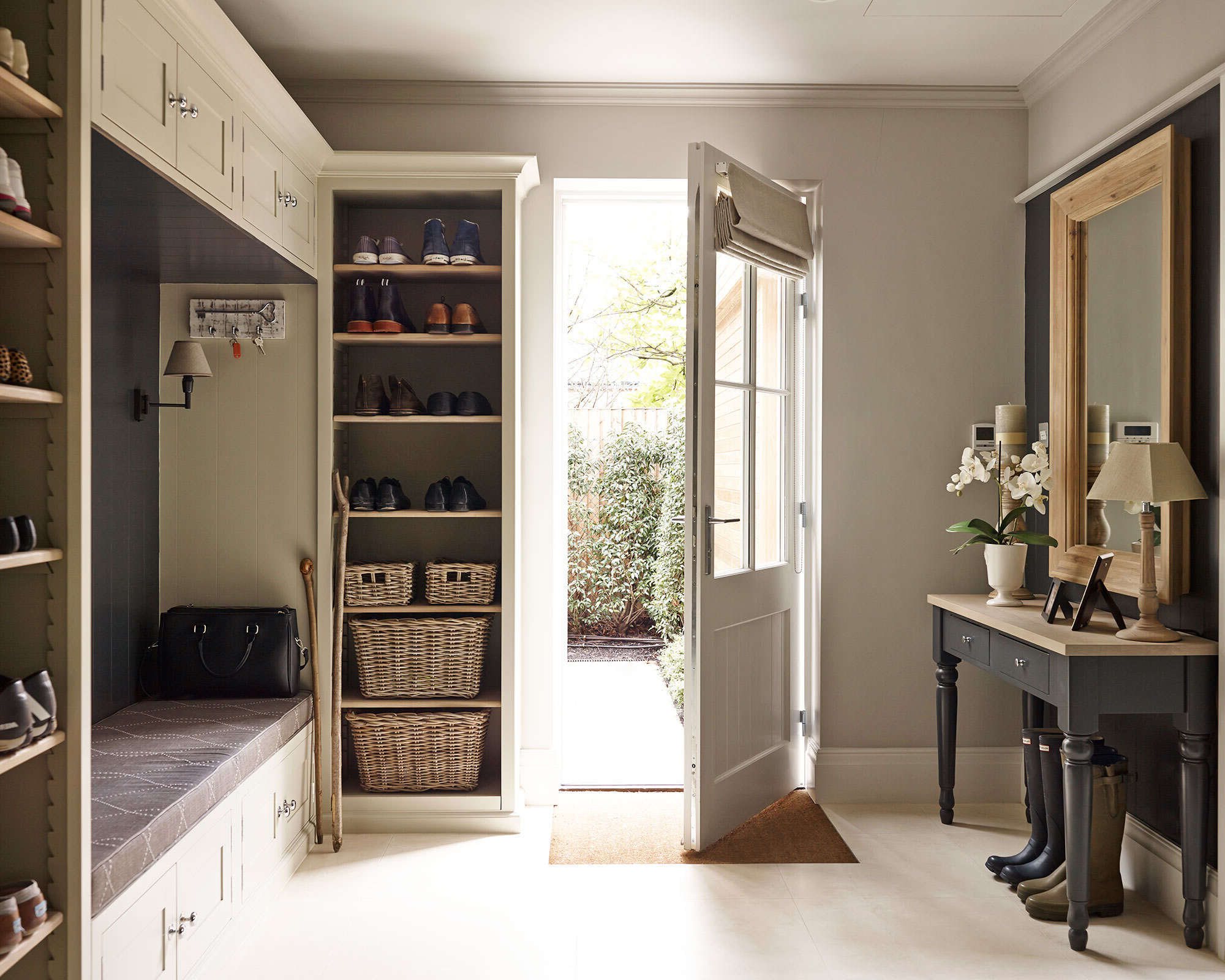Home>Ideas and Tips>Add Personality To Hallways And Transitions


Ideas and Tips
Add Personality To Hallways And Transitions
Published: October 24, 2024
Transform your school hallways with personality-driven strategies to improve student behavior and create a positive learning environment.
(Many of the links in this article redirect to a specific reviewed product. Your purchase of these products through affiliate links helps to generate commission for Storables.com, at no extra cost. Learn more)
Creating a positive and efficient hallway environment is crucial for a conducive learning experience. Hallways can often be chaotic, disrupting both student learning and teacher instruction. However, by incorporating personality-driven strategies, educators can significantly improve hallway behavior, leading to smoother transitions and a more productive school day. In this article, we will explore various methods to enhance hallway behavior, focusing on both classroom management techniques and personality-based interventions.
Understanding Hallway Behavior
Hallway behavior is a critical aspect of school culture, influencing not only the immediate environment but also the overall learning experience. Smooth transitions between classes, reduced hallway congestion, and increased student safety are all essential components of a well-managed hallway environment. Educators know that school culture and student experiences throughout the day impact instruction and learning significantly.
The Importance of Clear Expectations
Before students can follow directions effectively, there must be clear expectations about what is expected of them in the hallways. This includes details such as whether students are allowed to talk, where they should line up, and whether there will be an assigned line leader. These expectations should be thought through thoroughly before introducing them to students.
Preventing Problems
Preventing problems in the hallway is essential for maintaining order. Strategies such as having an assigned order for lining up or having the teacher walk at the back of the line can help manage student behavior. Additionally, a behavior reminder before stepping into the hall can be effective. For example, teachers can remind students that they are ready to go when everyone faces forward, mouths are quiet, and arms are folded or at their sides.
The Role of Teachers in Hallway Behavior Management
Teachers play a pivotal role in promoting and modeling good hallway behavior. They are students' closest and most frequent points of contact, making them well-positioned to spot trends quickly. However, managing hallways constantly would be inefficient and could detract from other important aspects of students' experiences and learning.
Student Involvement in Hallway Management
Involving students in the process of managing hallway behavior can significantly enhance their buy-in and sense of responsibility. When students are part of the discussion on how they want their community to look, feel, and sound, they build collective efficacy. This increases their engagement and helps them feel more connected to fellow students, leading to positive peer influence on hallway behavior.
Personality-Driven Strategies for Hallway Behavior
While classroom management techniques are essential, incorporating personality-driven strategies can add a layer of engagement and motivation that traditional methods often lack. Here are some strategies that educators can use to make hallway transitions more engaging and productive:
Hallway Challenge
The hallway challenge is a creative way to keep students engaged and motivated. This involves setting specific expectations for student behavior during hallway transitions, such as keeping hands in a particular position (e.g., arms folded or hands behind backs). Students who complete the challenge successfully can receive recognition, such as a head tap or a pinkie high five from the teacher.
Student Shout Out
Recognizing students for their good behavior is another effective strategy. Educators can use a laminated sheet on the classroom board for student shout outs. This encourages positive behavior by acknowledging exceptional actions, such as patience or neat handwriting, which can also extend to hallway behavior like ninja-like transitions without making a peep or walking out of line.
Line Cutters
During times when students need to be calmed down in the hallway, educators can use the line cutters strategy. This involves having students stand in a specific formation (e.g., hands on hips) and recognizing them with a head tap or high five if they maintain the formation correctly. This strategy helps refocus students and maintain order in the hallways.
Read more: How To Install Floor Transition Strip
Game-Like Interventions
Game-like interventions have been shown to be highly effective in reducing hallway disruptions. For example, a study by UT’s College of Education, Health, and Human Sciences developed a game-like intervention that rewarded classes for quickly transitioning from one room or activity to another during breaks between class periods. The intervention involved timing each class transition and rewarding them with letters (P-A-R-T-Y) if they met the goal time. Successful completion of the transition time earned the class a reward, such as a 20-minute party with snacks and games. If there were any disruptions during a transition, classes were penalized by having five seconds added to their overall time.
The Big Five Personality Traits
The Big Five personality traits—Openness, Conscientiousness, Extraversion, Agreeableness, and Neuroticism—can also play a significant role in successful transitions. These traits can influence individual agency during educational transitions by fostering skills such as social relationships (Extraversion and Agreeableness) and preparation (Conscientiousness). For instance, Extraversion might help young people build social relationships that are instrumental in finding a vocational education and training (VET) position, while Conscientiousness might help them prepare good application documents.
Implementing Personality-Driven Strategies
Implementing personality-driven strategies requires careful planning and execution. Here are some steps educators can follow:
- Set Clear Expectations: Establish clear expectations for hallway behavior, including specific actions and positions students should maintain.
- Engage Students: Use reminders before transitioning to refocus students' attention and engage them in the process.
- Recognize Good Behavior: Regularly recognize students for their good behavior using strategies like the hallway challenge or student shout outs.
- Use Game-Like Interventions: Implement game-like interventions that reward quick transitions and penalize disruptions.
- Monitor Progress: Continuously monitor hallway behavior and adjust strategies as needed to ensure effectiveness.
Conclusion
Improving hallway behavior is a multifaceted task that requires both classroom management techniques and personality-driven strategies. By setting clear expectations, engaging students, recognizing good behavior, using game-like interventions, and leveraging personality traits like the Big Five, educators can create a more positive and efficient hallway environment. This not only enhances the learning experience but also contributes to a more cohesive school culture where students feel valued and responsible for maintaining order in the hallways.
In summary, adding personality to hallways and transitions can significantly improve student behavior and overall school environment. By combining these strategies with ongoing monitoring and adaptation, educators can create a conducive learning environment that supports both students' academic success and personal growth.
Was this page helpful?
At Storables.com, we guarantee accurate and reliable information. Our content, validated by Expert Board Contributors, is crafted following stringent Editorial Policies. We're committed to providing you with well-researched, expert-backed insights for all your informational needs.














0 thoughts on “Add Personality To Hallways And Transitions”